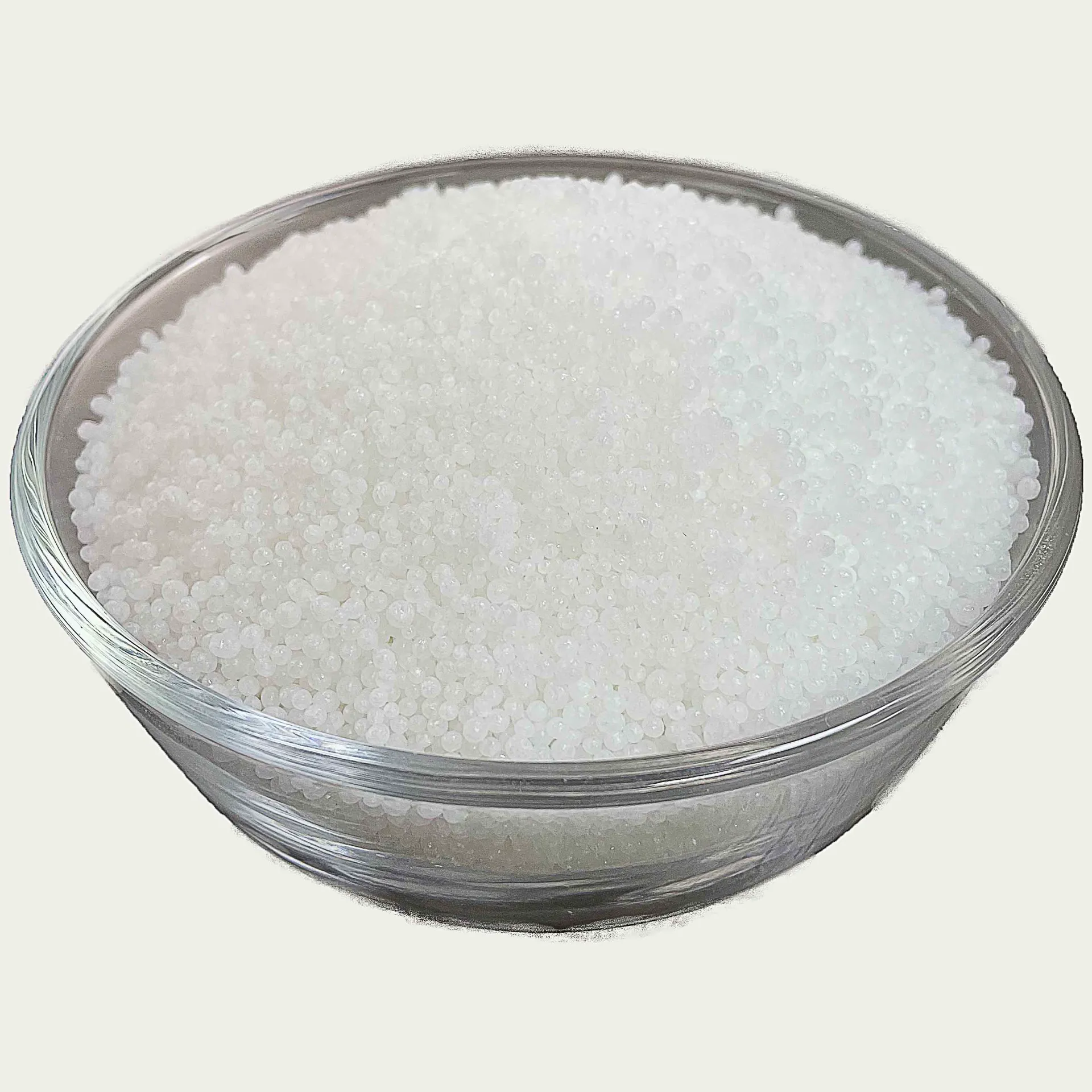
Oct . 11, 2024 22:15 Back to list
14 20 14 fertilizer
The Importance of 14-20-14 Fertilizer in Modern Agriculture
In the pursuit of sustainable agricultural practices, the need for effective fertilization has never been more crucial. Among the various types of fertilizers, the 14-20-14 formulation stands out for its balanced approach to supplying essential nutrients to crops. This fertilizer ratio indicates the relative amounts of nitrogen (N), phosphorus (P), and potassium (K) present, which are key elements for plant growth and development.
Understanding the Ratios
The numbers in the 14-20-14 fertilizer designation represent the percentage of each nutrient by weight
. Specifically, 14% is nitrogen, 20% is phosphorus, and 14% is potassium.- Nitrogen (N) is pivotal for promoting leafy growth and overall plant vigor. It is integral to the production of chlorophyll, which aids in photosynthesis, the process by which plants convert light energy into chemical energy.
- Phosphorus (P) plays a vital role in root development, flowering, and fruiting. It is essential for energy transfer within the plant, particularly in the form of ATP (adenosine triphosphate), which fuels various biological processes.
- Potassium (K) is involved in regulating physiological functions such as water uptake, enzyme activation, and photosynthesis. It contributes to the overall resilience of plants against diseases and environmental stresses.
14 20 14 fertilizer

Applications in Agriculture
The balanced nature of 14-20-14 fertilizer makes it suitable for various stages of crop development. It is particularly effective during the early stages of growth when root establishment and energy production are critical. Farmers often apply this fertilizer during planting or early growing seasons to give crops an initial boost.
Additionally, the higher phosphorus content in this formulation can significantly enhance flowering and fruiting. This is especially beneficial for fruit-bearing vegetables and flowering plants, where robust root systems and abundant blossoms are paramount for yield.
Environmental Considerations
While the usage of chemical fertilizers has been linked to enhanced agricultural productivity, it also raises concerns about environmental sustainability. The run-off of excess nutrients into water bodies can lead to issues such as eutrophication, which adversely affects aquatic ecosystems. Therefore, the application of 14-20-14 fertilizer should be done judiciously and in accordance with soil testing results to avoid over-fertilization and minimize environmental impact.
Conclusion
In conclusion, the 14-20-14 fertilizer ratio provides a balanced approach to nutrient management in agriculture. By understanding the roles of nitrogen, phosphorus, and potassium, and applying this fertilizer at the right times, farmers can optimize crop health and yield. As we strive towards sustainable agricultural methods, employing fertilizers like the 14-20-14 formulation can be an effective strategy to enhance productivity while mitigating environmental risks. Through careful management and responsible use, we can ensure the health of our crops and, ultimately, the health of our planet.
-
10 10 10 Fertilizer Organic—Balanced NPK for All Plants
NewsJul.30,2025
-
Premium 10 10 10 Fertilizer Organic for Balanced Plant Growth
NewsJul.29,2025
-
Premium 10 10 10 Fertilizer Organic for Balanced Plant Growth
NewsJul.29,2025
-
Premium 10 10 10 Fertilizer Organic for Balanced Plant Growth
NewsJul.29,2025
-
50 Pound Bags of 13-13-13 Fertilizer for All Plants – Bulk & Organic Options
NewsJul.28,2025
-
High-Efficiency 15-30-15 Granular Fertilizer for Healthy Crops
NewsJul.28,2025
